Finding entertainment on the go
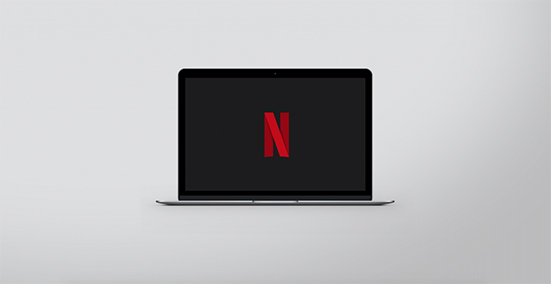
Finding entertainment on the go Netflix Share Inspiring the future of mobile entertainment: a global desk research to identify emerging trends, innovations, and best practices in onboarding, sign-up and consumption in the coming 5 years. 3 things to know Global reach with local sensitivity Local researchers from the regions of SE Asia, Asia and Latin America contributed to uncover findings with high relevance for each of their own markets. A user-driven, visionary focus Visionary trends were user-driven, meaning that we put users at the center to define what changes in mobile entertainment would potentially have a greater societal and behavioral impact. Triggers for innovation From the understanding of the cultural, social dimensions and technologies we gave interaction design directions on how those trends could be meaningfully applied. Gallery In depth Service mix: Design thinking Challenge Experientia was asked to explore current, innovative and inspirational best practices in entertainment onboarding and sign-up processes from a global point of view, with an emphasis on Asia and Latin America. Research We carried out a research to identify the best practices relevant for mobile entertainment. We gathered over 200 examples of inspiring technology in collaboration with a team of local researchers from India, the Philippines, Indonesia, South Korea and Latin America. Following the research, we developed a trend analysis, looking at consumer behaviors, cultural clues and technology developments with a possible impact in mobile entertainment in the year 2022. Impact We imagined how those trends may have an impact on Netflix. After an in-house ideation session, we selected 39 inspirational ideas to sparkle the creativity of the design team at Netflix. The short ideas looked at design solutions for the onboarding, use and consumption of mobile entertainment Related projects All Services Behavioral design Research and assessment Strategy Consumer technology Buttonless: engaging users in interactions with keyless devices Consumer technologyFinance BancoSmart, an award-winning ATM Consumer technology Exploring urban dwelling usage to inform appliance design Go back to our portfolio
Exploring urban dwelling usage to inform appliance design
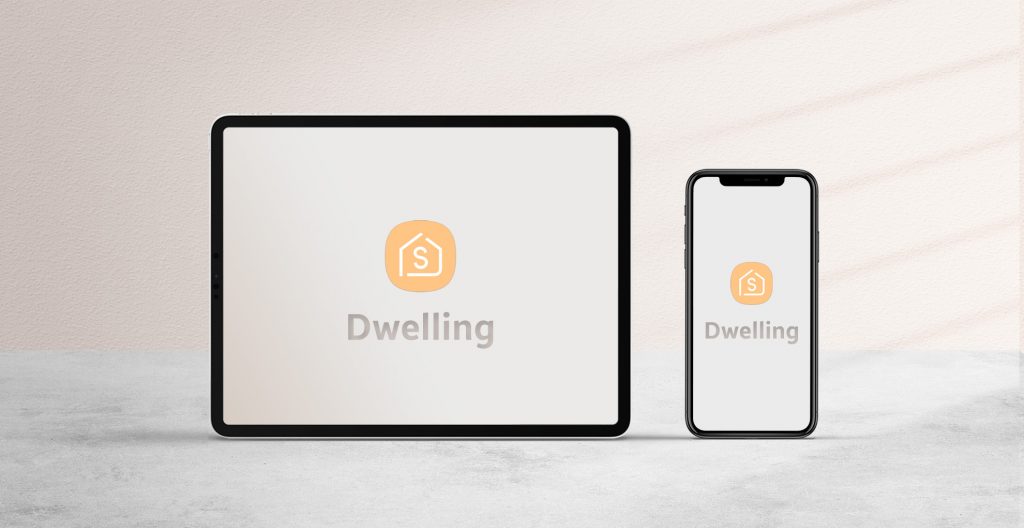
Exploring urban dwelling usage to inform appliance design Samsung Share As the urban population (>75%) is supposed to continue its growth, dwellings demand will follow along. The client requested an analysis of Europe’s housing market, its recent past and emerging trends. Focusing on millennials, the generation approaching the property market, we investigated emerging drivers for both dwelling and major household appliances. 3 things to know Dwelling space is increasingly a premium In the three cities, singles/couples look for 55-65 sq m apartments; families are more focused on 70-80 sq m. It is also common for single people to live in studio apartments (about 30 sq m), especially in Milan and Stockholm. House minimum set-up Tenants in Berlin and Milan usually find, in the dwellings they rent, some basic pieces of furniture (table, chairs, beds) besides a functioning kitchen complete with cabinets. Appliances are transient When renting, people have a temporary attitude towards appliances and they tend to buy either less expensive (to leave-in when relocating), small (e.g. toaster, kitchen robot), or portable ones (e.g. free standing fridges). Gallery In depth Service mix: Business strategy design Behavioral modeling Ethnography Context We supported a client in mapping European changes in residential space, identifying population structures in urbanized areas, while highlighting areas where millennials aspire to live. The research predicts changes in the layout and setup of urban abodes and derives opportunities for base-line vs luxury appliance configurations. Challenge We investigated the EU property market and the demographics of Germany, Italy and Sweden to define the target sample fitting the research brief. The ensuing fieldwork aimed at involving realtors, interior architects and millennial owners and tenants in Berlin, Milan and Stockholm. Research We conducted an extensive fieldwork across Europe, touching 3 cities. Contextual interviews and dwelling observations involved 7 realtors, 19 residents and 3 local experts. The visits in millennial homes exposed the research team to the attitude, lifestyle and purchase drivers of this new generation of tenants and owners. Design The analysis of the extensive body of evidence collected resulted in insights about key drivers influencing millennials’ purchase of dwellings as well as home appliances. Participant profiling guided the team in identifying opportunities for home appliance brands that aim at addressing the expectations of millennial customers. Impact The research helped shed light on initial assumptions, discovering evidences for decoupling prime properties and luxury consumer products: people expect kitchen appliances to come in “kits” linked to kitchens. Customers expect to refer to kitchen suppliers for all issues pertaining kitchen components. As cooking habits change and fresh food consumption increases, people tend to forgo appliances that are culturally connected to long-term food preservation. Open floor plans entail kitchens, and the appliances therein are always on the front-stage. When use scenario switches to full entertainment or living, appliances should be able to blend with the rest of the interior. Related projects All Services Behavioral design Research and assessment Strategy Consumer technology Buttonless: engaging users in interactions with keyless devices Consumer technologyFinance BancoSmart, an award-winning ATM Consumer technology Finding entertainment on the go Go back to our portfolio
BancoSmart, an award-winning ATM
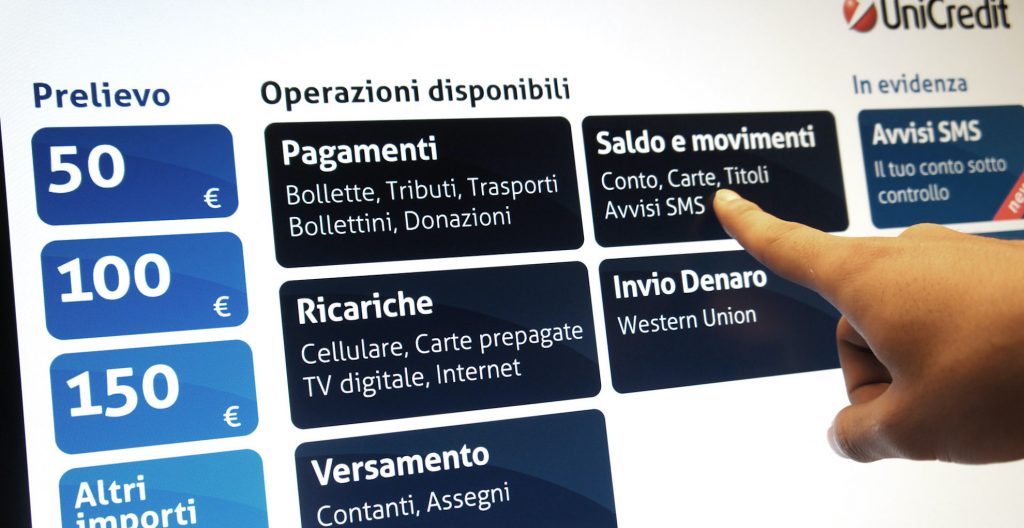
BancoSmart, an award-winning ATM UniCredit Share The human-centered approach is now central to the finance industry, as banks have become savvy in how to best connect to their customers’ needs and desires. As part of this trend, global banking and financial services company UniCredit Bank asked Experientia to create a user-friendly, people-centered ATM – the BancoSmart. 3 things to know Easier and faster The BancoSmart offers more services by using an advanced algorithm that offers users a personalized home page, geo-referenced billing options and tailored services. Improved usability Its UI makes it easier and more intuitive to use, including for people with poor vision; all levels of literacy and non Italian speakers. It is 33% faster in use, has attracted more than 25% of new (non UniCredit) customers, and reduced error rates (non-conclusive interactions) to less than 1%. First mover in Italy First Italian ATM using a touchscreen interface, allowing intelligent and optimized menu interactions. It has been rolled out all across the country. Gallery Video https://player.vimeo.com/video/110351007 In depth Service mix: Design thinking Information architecture Service design Useful links: ADI index showcase Blog post Context ATMs are highly regulated in Italy: to make banking accessible they have to provide a wide range of services, including the payment of various utilities. Many ATM interfaces are not user-friendly and force people to wade through a succession of many screens. They use a language and an organization that reflects the bank, rather than the lived financial experience of the customer. Challenge UniCredit came to Experientia to refresh and redesign the interface. It had to run on various ATM hardwares including legacy terminals of different providers with various screen sizes and tech specifications. We convinced the bank that it could be reinvented, even within the constraints of regulation, hardware and underlying software. Research Experientia carried out in-depth user experience research with ATM users across Italy, spot interviews of current ATM users, stakeholder interviews, card sorting sessions and heuristic evaluation of existing UniCredit and competitor interfaces. This provided foundation for the information architecture and service design of the ATM.We also conducted card sorting activities to create a new navigation structure that fits people’s expectations of where to find features and functions. Design Experientia designed a responsive full touchscreen design solution that works on the various ATM’s. We ran multiple cycles of design, prototyping and usability & user acceptance testing to ensure that the final interface is strongly based on people’s financial behaviors and exceeds their expectations and needs for ATM use. The new menu structure offers much clearer guidance on what functions are found in each menu area, and always offers people the chance to go back to the home page. It has now been rolled out to all UniCredit’s Italian ATM branches. Impact Experientia has reinvented the ATM interface for UniCredit – making it easier to use, faster, and with more services. One of the key innovations is its level of personalization – the ATM has a personalized homepage, with service offers tailored to people’s banking profiles, and a speedy withdrawal function that offers the three most commonly used withdrawal amounts, personalized to each individual user based on their past behavior. Placing these three amounts on the homepage cut the withdrawal time by 30%. Public reactions to the BancoSmart interface have been extremely positive, with clients commenting on the increased speed, legibility, appealing graphics, and the improvement in features and functions. The highly intuitive ATM interaction allows clients to easily navigate, locate and use functions, from simple features like cash withdrawals to more complicated functions like deposits, information retrieval, bill payments and mobile phone top-ups. The interface is visually attractive and easy to read, with large fonts and clear banking function categories. Bancosmart was selected for the ADI Design Index, the annual publication showcasing select Italian Design products considered for the Compasso d’Oro International Award. View our ADI Design Index showcase here. ADI index showcase Blog post Related projects All Services Behavioral design Research and assessment Strategy Finance Banca 5, a new branchless bank model Finance CSA: sentiment-based decision support platform for crypto-currency trading FinanceHealth XME Salute: integrating insurance offerings with wellness and health practices Go back to our portfolio
Customer experience insights to innovation
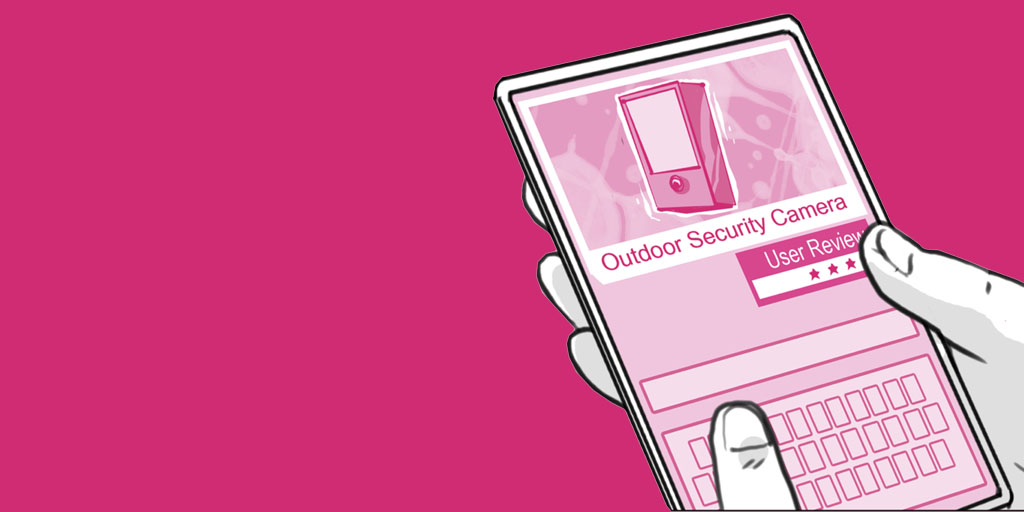
Customer experience insights to innovation Deutsche Telekom (Germany, Greece, Hungary, Slovakia) Share Experientia has been commissioned by Deutsche Telekom to conduct multiple research activities aimed at envisioning opportunities for new products and services development with diverse time horizons. 3 things to know Improve Deutsche Telekom customer’s home experience Expand upon the range of Deutsche Telekom clients and reshape its existing customer home business. Multi-horizon innovation strategy Identify new business opportunities both for incremental innovation and as opportunities around future needs and trends. Design best practice guideline for CX research Involve internal stakeholders and share project outcomes as a strategic roadmap for innovation research at Deutsche Telekom. Gallery User scenarios User scenarios Insights clustering Workshop day Workshop day In depth Service mix: Design thinking Participatory design Service design Ethnography Useful links: Link External link Context Since home consumer behaviors and needs change over time influenced by various factors such as technological advancements, economic conditions, cultural trends, and individual preferences it is important to keep and a human-centered approach in order to understand if we are addressing the evolving needs and expectations and understanding how to improve existing experiences and design new ones also in the long term. Challenge Identify customer experience strategy that evolves home consumer business opportunities and improves customer experience. Research Experientia has started by conducting stakeholder interviews and hypothesis workshop to define research directions and align with Deutsche Telekom stakeholders. Social media listening activity has coupled with a market and trend research to understand macro phenomenon and identify weak signals, emerging practices and major trends that may have local impact. Expert interviews have been conducted to understand their perspective of the changing customer needs, while in-home customer and lead user interviews helped to understand users behavior and observe emerging behaviors respectively. Design Experientia has analyzed the emerging research information and identified relevant insights. The interview insights have been prioritized using customized analysis-based design tools. Thematic insights have helped to identify moments that matter during customer experience. This information has determined a relevant impact in problem reframing and subsequently in creating initial opportunities, that serves as a basis to shape innovative concepts and value propositions for improving existing experience and shaping new solutions. Impact Experientia created 10 innovative concept value propositions that include added value for current CX, products, service and future products and services experiences. for improving customer experience to successfully defend/reshape business efforts and increase footprint in the homes and minds of Deutsche Telekom customers. Link External link Related projects All Services Behavioral design Research and assessment Strategy Consumer technology Buttonless: engaging users in interactions with keyless devices Brand UXConsumer technology European car aesthetics: Unveiling preferences and values Brand UXConsumer technology Mobile Privacy UX Go back to our portfolio
Mobile Privacy UX
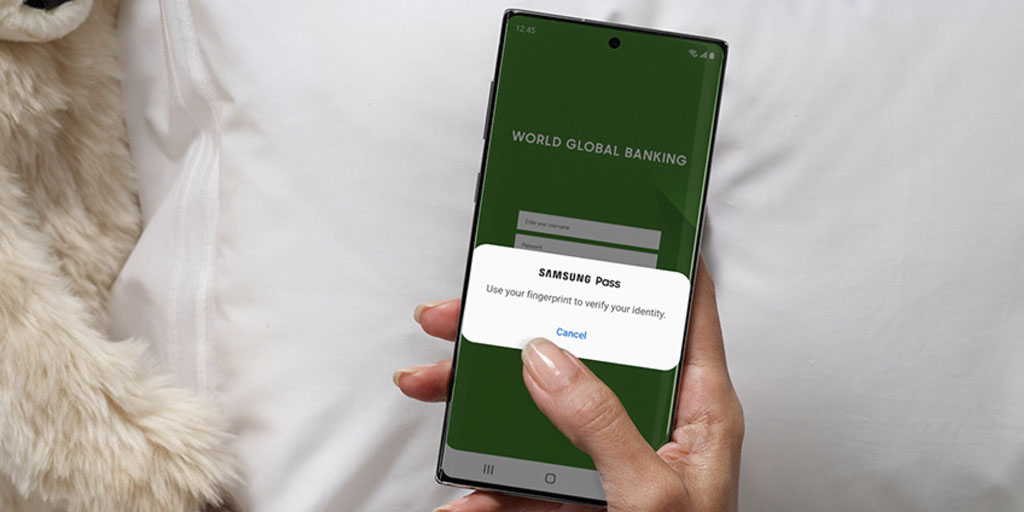
Mobile Privacy UX Samsung (South Korea) Share Experientia has worked for Samsung Electronics on a wide variety of projects since 2005 that covered different phases of their design process. This project was commissioned from Samsung South Korea and aimed to understand how users interpret privacy, both from a wide and narrow perspective, in order to support Samsung in the design of new privacy-related products and services. 3 things to know What users are talking about when they say “Privacy” For people privacy is an important good in itself.Privacy concerns are higher in a mobile ecosystem; to overcome this issue, companies have to rely on the trust that people grant them, and should aim to build stronger user confidence. Security and Privacy are different breeds The tech community has pushed a narrative where privacy is articulated as data security, which in turn gets translated in settings and features. This is challenging for people. Being comfortable with one’s own data What people share in the digital environment is tightly associated with the perceived risk of this action. The seriousness of risk is identified by two dimensions: the perceived distance of data disclosure consequences, and the affinity to people’s daily lives. Gallery What people share in the digital environment is tightly associated to the perceived risk of this action. How competitors address privacy Our approach Opportunity map In depth Service mix: Design thinking Ethnography Useful links: Link External link Context People who care about their privacy often feel that they are “forced” to disclose personal data, and are concerned that they don’t really know what they are really disclosing. To map this better, it’s important to start with the acknowledgement that peoples’ notions of privacy often differ significantly from how the industry and media approach this subject. Challenge Samsung asked Experientia to conduct a research to understand how users interpret privacy, in order to gain insights on users’ habits and concerns related to smartphone use, and to define UX solutions that tackle their pressing needs. Research Experientia conducted a thorough assessment of key privacy features in 3 devices. Social media listening shed light on the ongoing discussion about privacy on social media. We also interviewed users in different countries to collect a direct account of what they think privacy means for them and identify key aspects of people’s everyday life that are impacted by technology and how these aspects raise privacy safeguard concerns. The team finally engaged in conversations with experts to earn insights on broader privacy implications to add value to the research as they helped in identifying some crucial topics to discuss with users. Design Based on the fieldwork evidence, Experientia defined a privacy framework to synthesize how people address their privacy needs in the digital domain. The issues identified by researchers were re-formulated as “How might we…” questions. Experientia identified several high-level opportunities indicating possible alternative options to tackle each broader research-driven issue. Each issue with its challenge and connected recommendations was addressed by a set of opportunities indicating potential areas of intervention. Impact Experientia helped Samsung in better understanding privacy from peopler’s perspective and in defining human-centered design directions and actionable principles that could enhance the user experience addressing users’ pressing needs while simultaneously achieving two objectives: “make safe” and “feel safe”. Link External link Related projects All Services Behavioral design Research and assessment Strategy Consumer technology Buttonless: engaging users in interactions with keyless devices Brand UXConsumer technology European car aesthetics: Unveiling preferences and values Consumer technology Customer experience insights to innovation Go back to our portfolio
European car aesthetics: Unveiling preferences and values

European car aesthetics: Unveiling preferences and values Client confidential Share In a moment of transition in technology and in the use of cars, new players appear on markets with established automotive manufacturers to offer innovative solutions. But how can you understand habits, preferences and values of new customers in order to make your new solutions more attractive? An Asian automotive company asked Experientia to explore the aesthetic tastes and mobility habits of European consumers developing evidence-based market segmentation. 3 things to know Quali-quantitative study By combining these two approaches, researchers could first explore and statistically validate the aesthetic preferences and trends through a large quantitative analysis, and then gain a deeper and more detailed understanding via a focused qualitative investigation. Personas, scenarios and VLOGs Quantitative survey and qualitative interviews categorized insights by assessing participants across dimensions like aesthetic taste, innovation openness, and choice drivers resulting in 12 personas. These personas were then linked to different scenarios, enabling a deeper exploration of individual attitudes and complexities. Additionally, 4 participants create 10-minute videos showcasing city life and aesthetics of 4 European cities, providing an intimate perspective on local culture and preferences. Large scale investigation The first part of the study was conducted on a large sample of participants across 10 European countries, while the second part involved a more detailed investigation in 4 of these countries conducted by local researchers. All the investigations were carried in the native language of each country. Gallery Car scenarios Car Persona – The sporty luxury lover Car 12 Personas Car aesthetic preferences Car Personas – love nest In depth Service mix: Design thinking Service design Ethnography Useful links: Link External link Context A major Chinese auto manufacturer was looking to expand its presence in the European market. To achieve this, they have commissioned Experientia to conduct a comprehensive study that focuses on exploring evolving preferences and environmental influences that shape the future lifestyle and aesthetic trends of mature automobiles among Europeans. Challenge The objective was to achieve a comprehensive understanding of potential European customers, exploring differences rooted in demographics as encompassing cultural backgrounds and personal aesthetic values. Research The first project phase included a quantitative survey, conducted with 300 individuals each in 10 European countries The second phase comprised qualitative research involving 20 interviews with five participants from four countries, conducted in the local language and complemented with city tours to deepen understanding of local culture and environments. The survey and interviews explored users’ aesthetic preferences and daily experiences. Design The gathered data enabled valuable modeling for product design, resulting in 12 personas defined by aesthetic preferences for cars and everyday items, as well as by lifestyle, demographics, mobility and purchase habits. Six scenarios highlighted each personas’ motivations and concerns about cars, while four vlogs portrayed mobility experiences of vloggers in four cities. These vlogs served to provide an aesthetic representation of diverse neighborhoods within four European cities. The intention was to offer aesthetic evidence of the urban environments, with the specific purpose of informing the design of products that will be tailored for these markets. Impact The results will be the base to improve product offerings, and enhance marketing strategies. Link External link Related projects All Services Behavioral design Research and assessment Strategy Consumer technology Buttonless: engaging users in interactions with keyless devices Consumer technology Mobile Privacy UX Consumer technology Customer experience insights to innovation Go back to our portfolio
Buttonless: engaging users in interactions with keyless devices
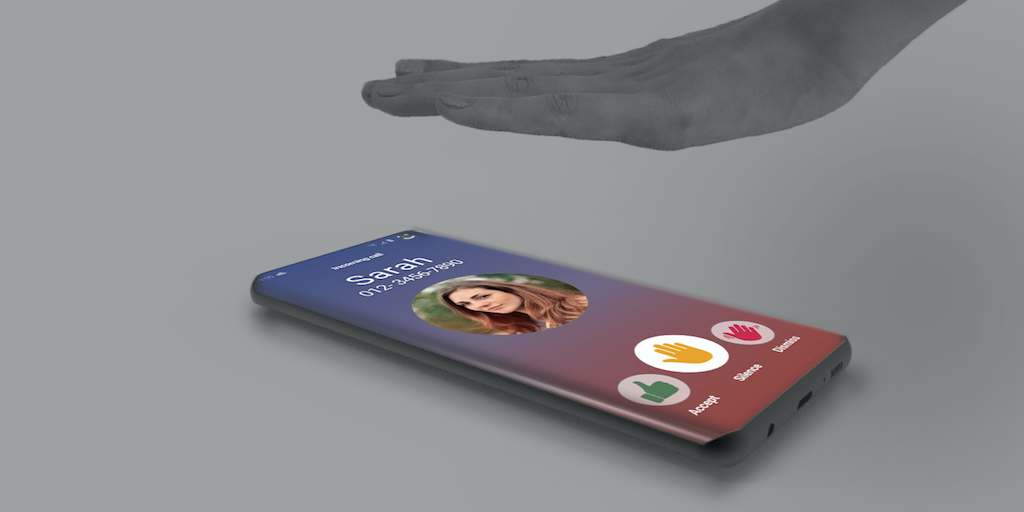
Buttonless: engaging users in interactions with keyless devices Samsung Share As we inch closer to phones with all-screen designs, physical buttons are on the chopping block. But how do you interact with a smartphone that has no buttons? Samsung asked Experientia to develop two navigation frameworks for a concept device. 3 things to know A new language Through extensive research, benchmarking, and the organization of a workshop with industry experts (incl. cognitive psychologists and UX specialists), a new language of interacting with a buttonless device was constructed, focusing not merely on isolated substitutes. From the workshop, two design challenges were identified and subsequently developed. The path to keyless strategy The strategy is based on analyzing the dynamic relationship between the user and the device, understanding that the device’s position significantly influences interaction (Edward T. Hall, ‘Proxemic’, 1968). By tracking user location and device handling, the device and its AI can anticipate user expectations and respond intelligently to various usage conditions. UX, UI and usability test The development of a functional physical prototype for a specific interaction was instrumental in augmenting the persuasiveness and efficacy of our design proposition. Moreover, Experientia conducted a usability test involving seven participants whose demographic characteristics aligned with potential international users of forthcoming Samsung flagship devices. This assessment centered on evaluating key aspects of the developed UX framework, thereby providing valuable insights into its usability and effectiveness. Gallery Benchmark Competitor Assessment Concept development Test User Test In depth Service mix: Envisioning Prototyping Information architecture User experience testing Useful links: Wired article External link Context Samsung, one of the world’s renowned communication companies, turned to Experientia to craft a tailored UX framework for the development of buttonless mobile solutions, encompassing both lateral and non-lateral interfaces. Challenge The task for Experientia was to cultivate a distinct language of interaction between users and their devices, fostering a seamless and intuitive user experience. Research The research process aimed to create user-centric UX navigation frameworks for buttonless devices. It started with market benchmarking and heuristic evaluations of alternative interaction methods, then an expert workshop identified key issues. Framework ideation led to tailored proposals, prototyped for validation. Design User testing gathered valuable insights, including changes in device handling under different conditions, universal gesture commands, and strategies for preventing user errors. This thorough research process informed the creation of user-centric UX navigation frameworks, ensuring a seamless and effective user experience. Impact The results of the project, center on establishing a symbiotic language between the device and the user. This language encompasses specific gestures and interaction cues designed to facilitate a seamless and harmonious collaboration between the user and the device, ultimately enhancing the overall user experience. Wired article External link Related projects All Services Behavioral design Research and assessment Strategy Brand UXConsumer technology European car aesthetics: Unveiling preferences and values Brand UXConsumer technology Mobile Privacy UX Consumer technology Customer experience insights to innovation Go back to our portfolio

